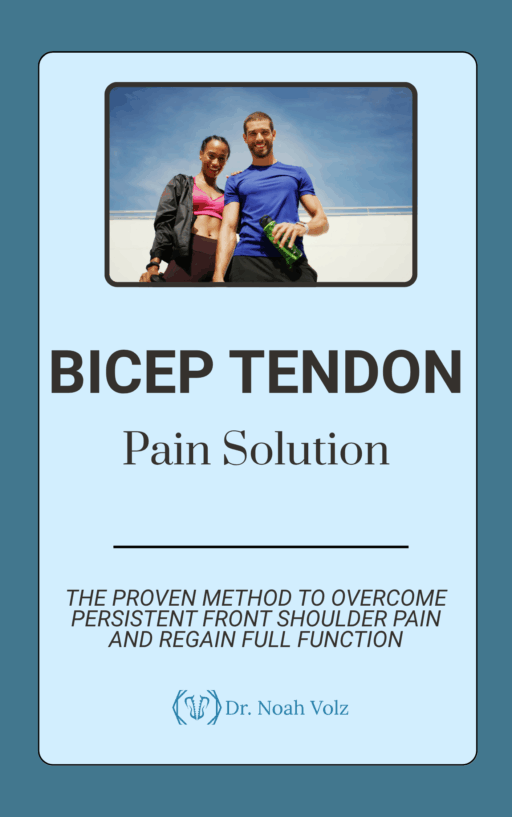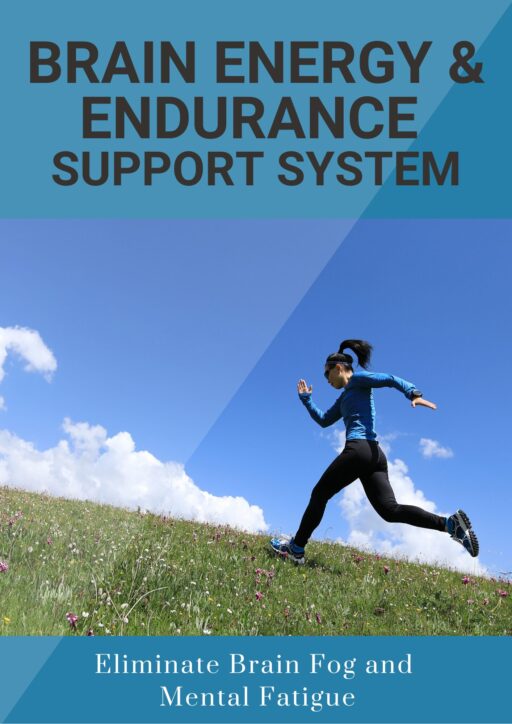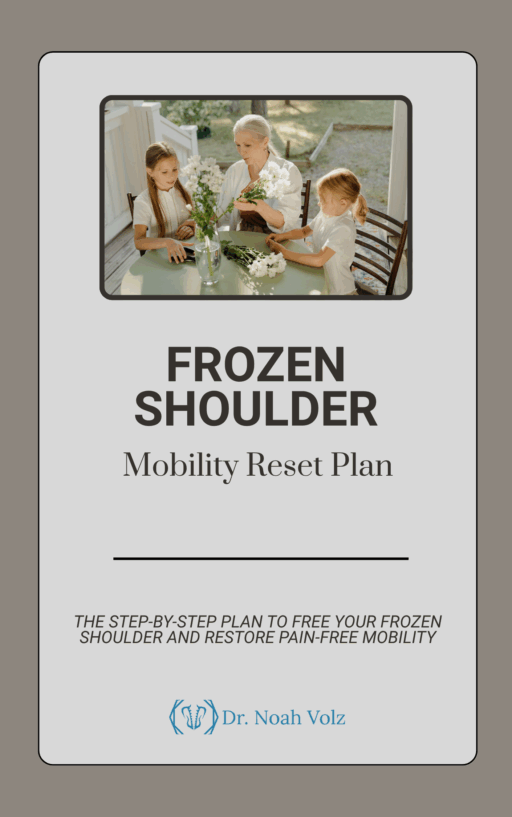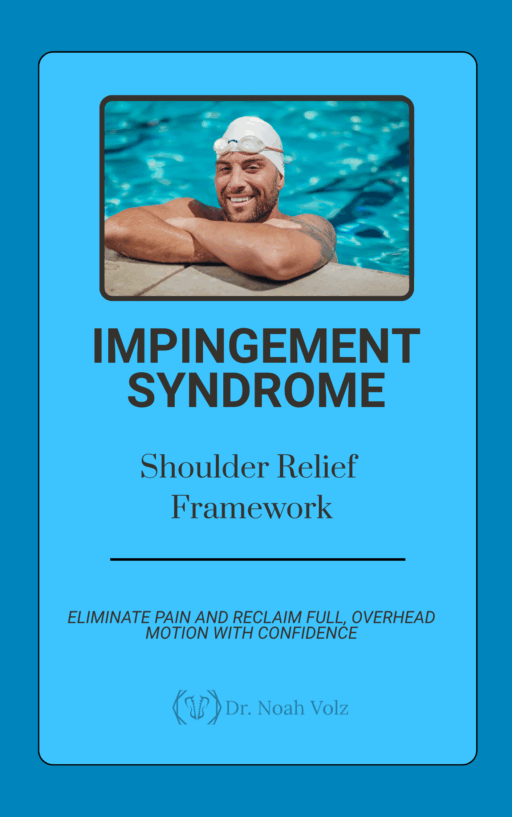John had tried everything—painkillers, stretching routines from YouTube, even a new ergonomic chair at work. Yet, his lower back pain remained a stubborn, unwelcome companion. When he finally walked into a chiropractic office, he admitted, “I thought I just had to live with this pain. Isn’t back pain just a part of getting older?”
The truth is, many people like John believe myths about back pain that keep them trapped in discomfort. Let’s break down the most common misconceptions and uncover the science-backed facts that can lead to real, lasting relief.
Myth #1: If You Have Back Pain, There Must Be Structural Damage
Fact: Pain Does Not Always Equal Injury
Many assume that if their back hurts, something must be torn, broken, or misaligned. But research shows that pain is often more about how the nervous system processes movement than actual tissue damage. Chronic pain, in particular, is influenced by central sensitization—a phenomenon where the brain amplifies pain signals, even when no active injury is present.
In fact, studies show that a significant percentage of people with disc degeneration or bulging discs on MRIs experience no pain at all. This means that imaging results alone don’t dictate whether someone will feel pain. Instead, movement dysfunction and poor neural communication play a major role.
Myth #2: Rest is the Best Medicine for Back Pain
Fact: Movement is the Key to Healing
When back pain strikes, the instinctive response is often to rest and avoid activity. However, prolonged rest can actually worsen the problem by weakening the stabilizing muscles around the spine, leading to further dysfunction.
Research from Parker Seminars emphasizes that proper movement—especially when classified correctly—can help reset the body’s pain response. By understanding different types of movement dysfunction, chiropractors can guide patients toward exercises that reduce pain rather than aggravate it. Movement-based therapies help rewire the brain’s perception of pain, allowing individuals to regain mobility without fear.
Myth #3: Core Strength is About Doing More Crunches
Fact: Spinal Stability Comes from Coordinated Muscle Activation
A strong core isn’t about having six-pack abs—it’s about how well the deep stabilizing muscles of the trunk work together to support the spine. True spinal stability involves a balance of:
-
Intrinsic core muscles (like the transverse abdominis and multifidus) that create deep support
-
Posterior chain muscles (like the glutes and hamstrings) that help with movement control
-
Neuromuscular coordination to ensure smooth, pain-free movement
Targeted exercises like resisted carries, dead bugs, and diaphragmatic breathing retrain the nervous system to properly engage the core. Parker research suggests that improving core coordination is more effective than isolated muscle strengthening in reducing back pain long-term.
Myth #4: A Quick Fix Will Solve Chronic Pain
Fact: Lasting Relief Requires a Systems Approach
Chronic back pain is rarely the result of a single issue, which means that a single treatment—whether it’s medication, an adjustment, or a massage—won’t provide lasting relief on its own. The most effective approach integrates multiple elements, including:
-
Chiropractic care to reset joint mechanics and improve proprioception
-
Targeted movement therapy to retrain dysfunctional patterns
-
Stress management techniques to reduce pain-related brain activity
-
Nutritional support to decrease inflammation and improve tissue health
By addressing back pain as a system-wide issue rather than a single structural problem, patients experience greater, longer-lasting improvements.
Myth #5: Back Pain is Inevitable with Age
Fact: Age is Not the Determining Factor—Movement Quality Is
While it’s true that spinal discs lose hydration and elasticity over time, this doesn’t mean that back pain is an unavoidable consequence of aging. In fact, movement quality plays a far greater role in determining whether someone develops pain.
Research highlights that individuals who maintain spinal mobility, core control, and functional strength experience significantly less back pain—even into their 70s and 80s. The key is to keep moving with intention, practicing spinal hygiene habits, and addressing small issues before they become chronic problems.
Breaking the Cycle: John’s Path to Recovery
John’s breakthrough came when he stopped chasing quick fixes and started working with a chiropractor who educated him on movement classifications. By identifying how his body was moving incorrectly—rather than just treating symptoms—he was able to make real progress. With spinal adjustments, guided movement therapy, and a tailored strengthening program, he reclaimed control over his back pain.
For those trapped in the cycle of chronic pain, the answer isn’t another temporary solution—it’s understanding the science of movement and working with the body, not against it. Pain isn’t always a sign of damage, but it is a signal that something needs to change.
And when guided by the right approach, that change can lead to lasting relief.
Want to know what kind of back pain you have?
-

Bicep Tendon Pain Solution
$50.00 -

Brain Detoxification & Recovery System
$50.00 -

Brain Energy and Endurance Support System
$50.00 -

Brain-Based Movement and Motor Control Training
$50.00 -

Centralized Low Back Pain
$50.00 -

Cervical Radiculopathy: Neck and Nerve Relief Pathway
$50.00 -

Complex Low Back Pain
$50.00 -

Complex Radiating Low Back Pain
$50.00 -

Cross-Pattern Low Back Pain
$50.00 -

Frozen Shoulder Mobility Reset Plan
$50.00 -

Impingement Syndrome: Shoulder Relief Framework
$50.00 -

Mastering Brain Senses: Rebuild Your Hearing, Vision, and Body Awareness
$50.00













